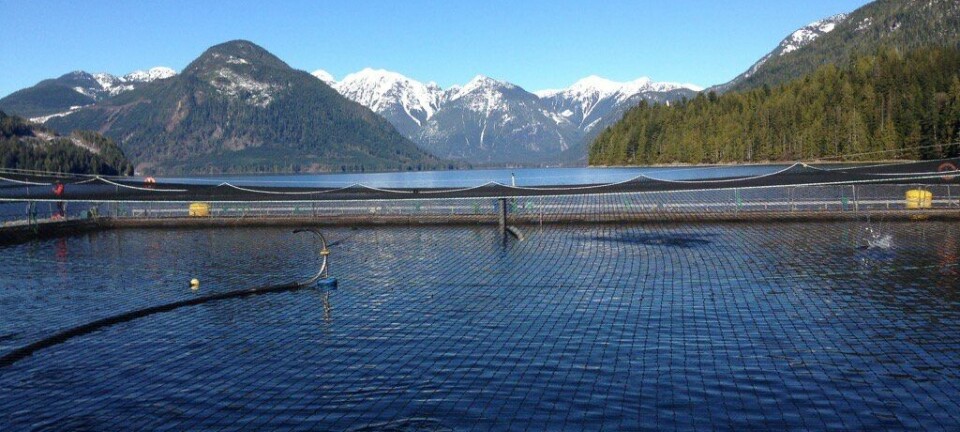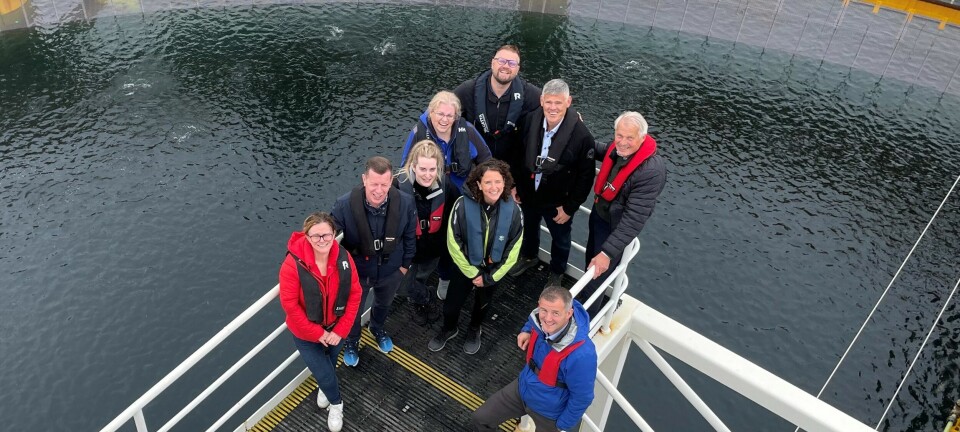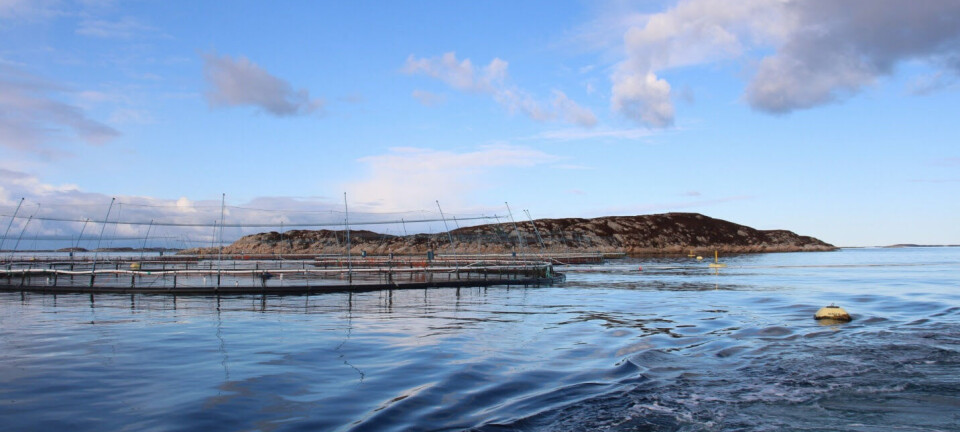Concern over plan to double size of Loch Ness fish farm
Lighthouse Caledonia, which produces juvenile salmon at a site by Dores at the north end of the loch, has applied to the Scottish Environment Protection Agency (Sepa) to increase production to 224 tonnes a year. This has prompted objections from Ness District Salmon Fishery Board, which manages and protects wild salmon and sea trout stocks, and the Ness and Beauly Fisheries Trust whose role is to conserve native freshwater fish, the newspaper Aberdeen Press and Journal reports.According to the Scottish Salmon Producers’ Organisation, Lighthouse Caledonia lost 12,937 farmed salmon from two fish farms during the summer due to holes in its nets. That concerns wild salmon campaigners, who fear an increased risk to the native species.Ness board chairman Gordon Menzies told the newspaper: “Such an increase would amplify the risks to the genetic integrity of the Ness’s wild stocks and jeopardise our continuing initiatives to restore the runs of salmon in its rivers to their former glory.”A spokeswoman for the company told the Press and Journal: “The planned investment will bring benefits to fish health and welfare, while maintaining smolt production in Scotland.”























































